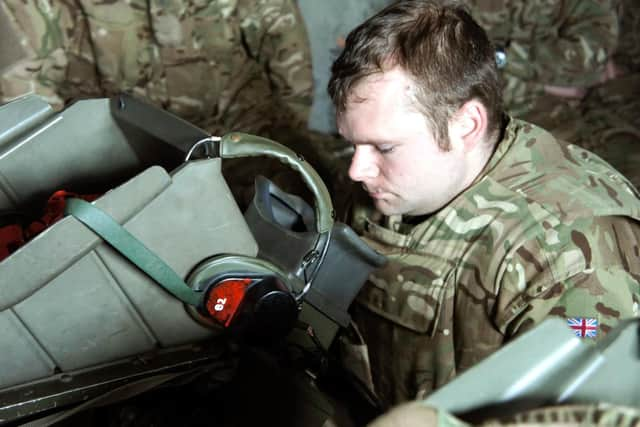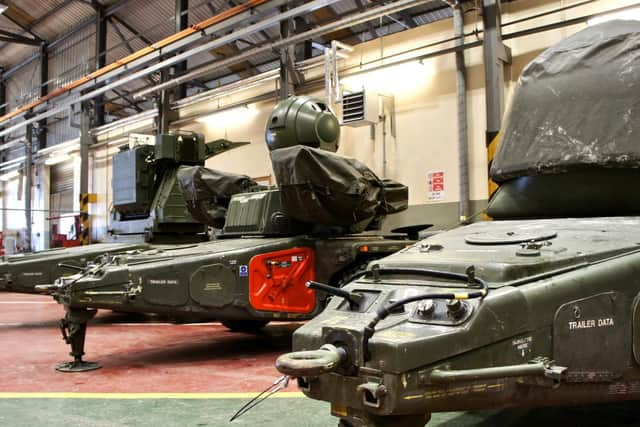British Army soldiers from Thorney hone missile skills for deployment to the Falkland Islands


About 60 soldiers from 16 Regiment Royal Artillery have been putting their abilities to the test with the Rapier missile system during a live exercise in the Outer Hebrides.
As part of the three-week training mission, which winds up tomorrow, the team from 32 (Minden) Battery, based at Baker Barracks on Thorney Island, fired off 100 missiles from the hi-tech weapons system.
Advertisement
Hide AdAdvertisement
Hide AdUsing Rapier’s deadly anti-air payloads, the squad took it in turns to target remote-controlled drones under increasingly intense, fictitious scenarios.


The stint in the Outer Hebrides has been the vital final piece of the puzzle to prepare the squad for a six-month deployment to the Falkland Islands.
Heading off in June, the soldiers from Minden will be the front line defence for the British territory against air assault.
Lieutenant Colonel Chris Coton, commanding officer of 16 Regiment, said the training was vital in preparing his soldiers for any eventuality.
Advertisement
Hide AdAdvertisement
Hide AdHe said: ‘We’re training them to be prepared for the most dangerous scenario, not the most likely one.


‘This has been a build up for 18 months and this exercise is the culmination of that build-up.
‘Now they’re ready to go and looking good.’
Captain Danny Wright, of Hilsea, is the unit’s regimental training officer and the man in charge of overseeing the live-fire drill.
He said the build-up of training was designed to put the soldiers under increasing levels of stress.
Advertisement
Hide AdAdvertisement
Hide Ad‘We train hard to fight easy,’ he said, adding he had seen a huge increase in performance and confidence of the soldiers – some of whom are fresh from their phase two training.
‘You see them on day one of the careers to where they are now, embedded with the battery and their confidence levels are just right up there,’ he said.
This month’s live-fire exercise on Rapier is one of the last for the regiment before the weapons platform is phased out and replaced by the more advanced Sky Sabre.
The new multi-million pound system is expected to go into service in 2020. As well as being able to fire more powerful missiles than Rapier, Sky Sabre also has a greater range, able to obliterate targets from more than 25 kilometres away.
Advertisement
Hide AdAdvertisement
Hide AdThe weapon will be based on Thorney Island alongside 16 Regiment, with troops expected to get their first hands-on training late next year.
Lt Col Coton added: ‘This is going to be a complete game-changer.
‘This will, genuinely, be a huge step change. It will completely change the way we do businesses because of the increased range and capability.’
Both 16 and 12 Regiment Royal Artillery are Britain’s primary, land-based anti-air units.
The squads are both based on Thorney Island.